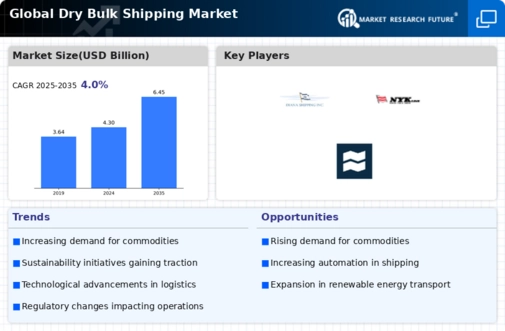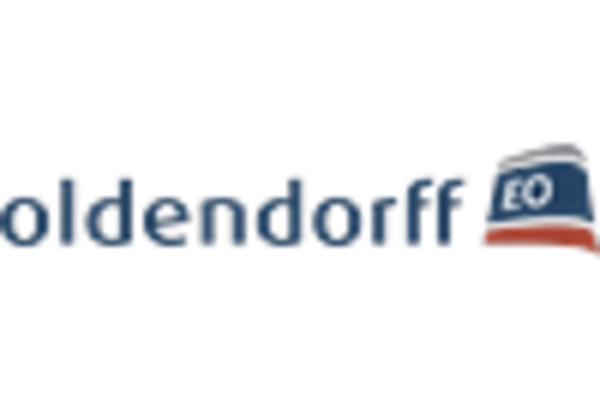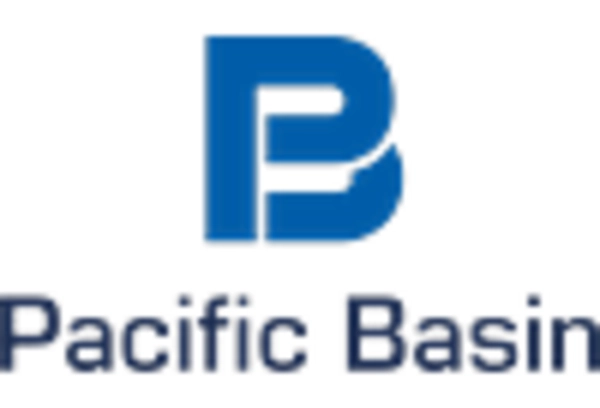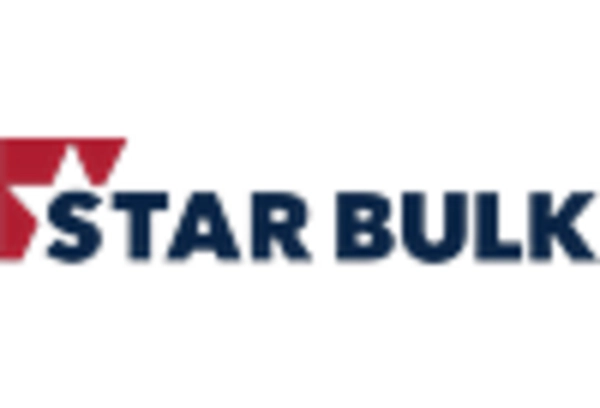Global Trade Dynamics
The Global Dry Bulk Shipping Industry. The fluctuations in trade agreements and tariffs can alter shipping routes and demand for bulk commodities. For instance, the recent trade agreements between major economies have led to an increase in the flow of agricultural products, which in turn boosts shipping volumes. Data suggests that bulk shipping rates have seen a rise of approximately 15% in response to increased trade activities. Moreover, geopolitical tensions can disrupt traditional trade routes, prompting shipping companies to seek alternative paths, thereby affecting operational costs and logistics strategies. The interconnectedness of The Global Dry Bulk Shipping Market.
Infrastructure Development
Infrastructure development, particularly in ports and shipping facilities, significantly influences The Global Dry Bulk Shipping Industry. Enhanced port facilities and improved logistics networks facilitate more efficient loading and unloading processes, thereby reducing turnaround times for vessels. According to recent data, investments in port infrastructure have increased by over 20% in the last three years, reflecting a commitment to modernizing shipping capabilities. This modernization not only supports larger vessels but also enhances the overall capacity of ports to handle bulk shipments. As countries prioritize infrastructure improvements, the shipping industry is poised to benefit from increased operational efficiency and reduced costs, which may lead to a more competitive market landscape.
Increasing Demand for Raw Materials
The rising demand for raw materials, particularly in emerging economies, plays a pivotal role in shaping The Global Dry Bulk Shipping Industry. As countries industrialize, the need for iron ore, coal, and agricultural products surges. For instance, the International Maritime Organization indicates that the demand for iron ore shipments is projected to grow by approximately 3% annually over the next five years. This trend suggests that shipping companies may need to expand their fleets to accommodate the increasing volume of bulk cargo. Furthermore, the growth of renewable energy sources, such as wind and solar, necessitates the transportation of raw materials like copper and lithium, further driving the market. Consequently, the interplay between industrial growth and raw material demand is likely to bolster the shipping sector.
Technological Innovations in Shipping
Technological innovations are revolutionizing The Global Dry Bulk Shipping Industry. Advancements in automation, data analytics, and vessel design are enhancing operational efficiency and safety. The adoption of smart shipping technologies, such as real-time tracking and predictive maintenance, allows shipping companies to optimize routes and reduce fuel consumption. Reports indicate that the integration of these technologies could lead to a reduction in operational costs by up to 10% over the next few years. Furthermore, innovations in vessel design, including the development of larger and more fuel-efficient ships, are likely to reshape the competitive landscape of the industry. As technology continues to evolve, it may provide shipping companies with the tools necessary to navigate the complexities of the market.
Regulatory Changes and Environmental Policies
Regulatory changes and environmental policies are increasingly shaping The Global Dry Bulk Shipping Industry. Stricter emissions regulations, such as those set by the International Maritime Organization, compel shipping companies to adopt cleaner technologies and fuels. The implementation of the IMO 2020 sulfur cap has already led to a shift towards low-sulfur fuels, impacting operational costs and shipping practices. Additionally, the push for sustainability may drive innovation in vessel design and fuel efficiency, potentially leading to a more environmentally friendly shipping sector. As companies adapt to these regulations, the market may witness a transformation in operational strategies, with a focus on compliance and sustainability becoming paramount.


















Leave a Comment